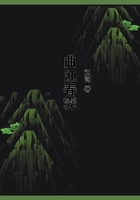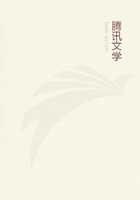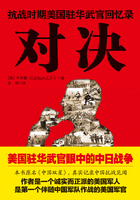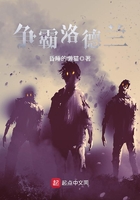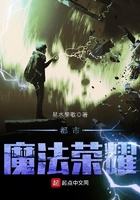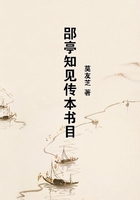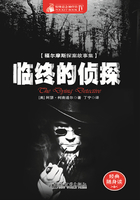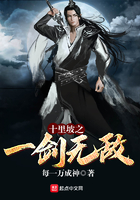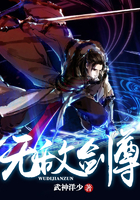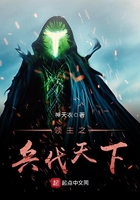58. When this dislocation occurs in an adult, and is not reduced, he can walk, indeed, after a time, and when the pain has abated, and when he has been accustomed to rotate the articular bone in the flesh; he finds it necessary, however, to make strong flexion at the groin in walking, for two reasons, both because the limb, for the causes already stated, becomes much shorter, and he is far from touching the ground with his heel, and he can barely reach it with the ball of his foot, and not even thus, unless he bend himself at the groins, and also bend with the other leg at the ham. And in this case, he is under the necessity of supporting the upper part of the thigh with his hand at each step: this also contributes, in a certain degree, to make him bend the body at the groins; for, during the shifting of the feet in walking, the body cannot be supported on the unsound be supported on the unsound limb, unless it be pressed to the ground by the hand,-the end of the femur not being placed properly under the body, but having slipped backward to the nates; and if he should try to rest the weight of his body for a little, upon the foot, without any other support, he would fall backward, for there would be a great inclination in this direction, from the hips having protruded backward far beyond the line of the foot, and the spine inclining toward the hips. Such persons can walk, indeed, without a staff, if so accustomed, for because the sole of the foot is in its old line, and is not inclined outward, they do not require anything to balance them. Such, however, as, instead of grasping the thigh, prefer resting their weight upon a staff introduced into the armpit of the affected side, these, if they use a longer staff, will walk, indeed, more erect, but will not be able to reach the ground with the foot, or if they wish to rest upon the foot, they must take a shorter staff, and will require to bend the body at the groins. The wasting of the fleshy parts is analogous to what happens in the cases formerly described, for the wasting is greatest in those cases in which the patients keep the limb up, and do not exercise it, whilst those who practice walking, have the least atrophy. The sound leg, however, is not benefited, but is rather rendered more deformed, if the injured limb be applied to the ground, for it is forced to cooperate with the other, being protruded at the hip, and bent at the ham. But if the patient does not use the injured limb by applying it to the ground, but carries it up, and rests upon a staff, the sound leg thereby gains strength, for it is employed in its natural position, and further, the exercise gives it strength. But it may be said, these things are foreign to medicine; for what is the use of enlarging upon cases which are already past remedy? This is far from being the case, for it belongs to the knowledge of medicine to be acquainted also with these, and they cannot possibly be separated from one another; for to such as are curable, means are to be used to prevent them from becoming incurable, studying how they may best be prevented from getting into an incurable state. And incurable cases should be known, that they may not be aggravated by useless applications, and splendid and creditable prognostics are made by knowing where, how, and when every case will terminate, and whether it will be converted into a curable or an incurable disease. When then, from birth, or during one's youth, this dislocation backward occurs, and is not reduced, whether it be connected with violence or disease (for many such dislocations occur in diseases, but the nature of the diseases in which dislocations take place, will be described afterward); if, then, the dislocated limb be not reduced, the bone of the thigh becomes shortened, the whole limb is impaired, is arrested in its growth, and loses its flesh from want of use; the articulation at the ham is also impaired, for the nerves (ligaments?) become stretched, from cases formerly stated, wherefore those who have this dislocation, cannot make extension at the knee-joint. In a word, all parts of the body which were made for active use, if moderately used and exercised at the labor to which they are habituated, become healthy, increase in bulk, and bear their age well, but when not used, and when left without exercise, they become diseased, their growth is arrested, and they soon become old. Among these parts the joints and nerves (ligaments?), if not used, are not the least liable to be so affected;they are impaired, then, for the reasons we have stated, more in this variety of dislocation than in the others, for the whole limb is wasted, both in its bones and in its fleshy parts. Such persons, then, when they attain their full growth, keep the limb raised and flexed, rest the weight of the body on the other leg, and support themselves with a staff, some with one, and others with two.
同类推荐
Memoirs of Napoleon Bonaparte
本书为公版书,为不受著作权法限制的作家、艺术家及其它人士发布的作品,供广大读者阅读交流。汇聚授权电子版权。
热门推荐
对决:抗战时期美国驻华武官回忆录
抗日战争初期,卡尔森深入敌后和正面战场,认真考察了中国军队,特别是八路军的抗战;他以忠实地宣传中国抗战,特别是中共及八路军抗战的真相为头等大事,在遭到上司反对后,不惜辞掉军职和放弃晋升的机会,而义无反顾地继续从事支援中国抗战的活动;1941年12月太平洋战争爆发后,卡尔森训练一支精干的海上游击队。这支海上奇袭队于1942年8月在吉尔贝特群岛的梅金岛登陆突袭日军成功。接着在瓜岛战役中,突击营又一次大显身手。在历时一个月的战斗中,卡尔森所部在丛林山地行军450英里,伏击敌人30次,歼敌500人。一位海军陆战队史学家称之为“海军陆战队最重要的一次作战巡逻”。卡尔森因战功第三次获海军十字勋章。当代中国农民阶级发展问题研究
自农民阶级产生以来,中国农民历经了封建社会(含半封建半殖民地社会)和社会主义社会两个不同性质的社会形态,以及自然经济和商品经济两种不同的经济形态。在不同的社会形态和经济形态下,农民的社会地位、身份、生产生活方式和思想观念都呈现出不同特征,历经了不同的变化过程和阶段,但最富有划时代意义的变化是始于1978年农村经济体制改革,农民从此逐步冲破传统的束缚向现代文明迈进。

